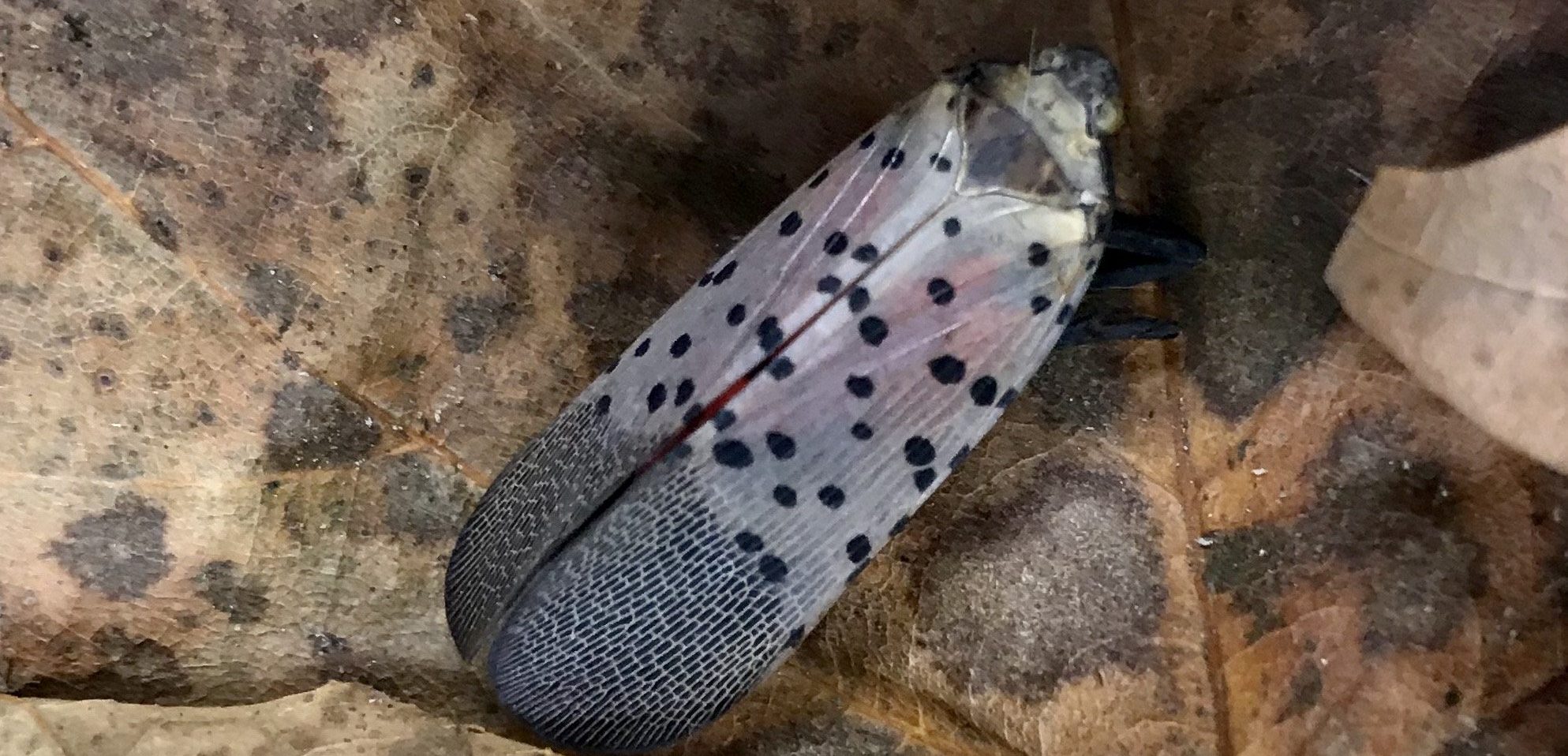Spotted Lanternflies and Children

Last spring, we searched Miquon’s campus for Spotted Lanternflies and their egg sacs. We found none. This summer brought them to our area. Their spread throughout southeast PA was accompanied by informational websites, news articles, social media posts, and Gritty memes. The messaging was clear: Kill them on sight. As a community member and science educator, I understand the need to engage and mobilize the public in managing the early stages of this infestation. As a parent and teacher, I also know that children are sensitive creatures. Killing is a complex act. Many children are being asked to destroy live animals without the opportunity to process their feelings and think critically about what they are being asked to do. What follows is a speech that I shared with our nursery through sixth grade students before our first all-school hike this fall. It includes advice and some of my thoughts on our engagement with spotted lanternflies, this talk is only one small part of ongoing environmental education at our school. My hope in sharing these ideas is that you might decide to engage your family in dialogue about the ways that we affect and are affected by our environment, our community ethics, and our personal beliefs.
We’re going on a hike today. On hikes, we try to walk gently on the Earth, noticing and appreciating what’s around us and letting it be. Sometimes we notice new plants or animals that did not live in this area before.
Some plants, like the garlic mustard we eat in the spring, are very competitive. They compete with other plants for space, water, and light. When a plant arrives to a new area and is so competitive that it takes over and makes it hard for other plants and animals where it lives to stay healthy, than we may say it is “invasive” and sometimes we decide to remove it.
When garlic mustard grows in the spring at Miquon, we remove it. But we don’t remove it because it is a BAD plant. We talk about how there is no such thing as a bad plant or a good plant. It is just doing what a growing plant does. There are some plants that we appreciate more and some that we appreciate less but that has to do with us, not with the plants.
Right now, there is an insect, the spotted lanternfly, that is new to this area and very competitive in this environment. It eats the sap of trees and grape vines. When it eats the sap and poops on plants, they get sick. It doesn’t have many predators in this part of the world, but the lanternfly can get sick from a certain kind of fungus that lives here. The lanternfly is doing what it needs to do to survive. It is not evil, mean, or bad. It’s just that it’s hard for some plants to stay healthy when it is around.
So, the question becomes, should we kill lanternflies to keep some of the plants that we like healthy? Right now, most people say “Yes.” They think it is important to help farms and forests stay healthy. People are trying to stop the damage that lanternflies cause when they eat plants and poop on them. People stop the damage in a couple of ways–they scrape lanternfly eggs off of trees in the winter, spray trees with a fungus, wrap sticky tape around the trunks, and kill lanternflies that they see. Please let grownups know when you see lanternflies so that we can help the plants they are living on.
At Miquon, we usually try to “let it be” by treating living things with care. At the same time, we also try to help plants in our environment stay healthy. So, what should you do? Should YOU kill lanternflies on our hike today?
I think the answer to whether you, personally, should kill lanternflies depends on what makes sense to you. If you think and feel that caring for live animals is very important, killing lanternflies may not be something you want to do. It might feel very hard or upsetting to take away their life. You should probably not kill lanternflies. Also, no one should pressure you to kill lanternflies.
If you think and feel that keeping forests and farms healthy is very important, you may think it’s necessary to kill lanternflies and you may decide to kill them when you see them. Remember, they are not mean or evil. In another location, they would just be an accepted part of the environment. If you see a lanternfly and decide to kill it, please stop to observe it first. Be curious, learn something about its behavior, appreciate the beauty and life that it holds. If you want to gently say “goodbye” before you kill it, do so. If you kill them, do it quickly and without a show.
Either way, killing a few here and there is probably not going to make a huge impact. Removing and treating infested trees is going to help the most. Lastly, I encourage you to explore the choices that other kids and adults make. Ask them about their opinions and perspectives, talk with them to find out what they think about spotted lanternflies and the very tricky question of what it means to take care of our environment.
5 Responses to Spotted Lanternflies and Children